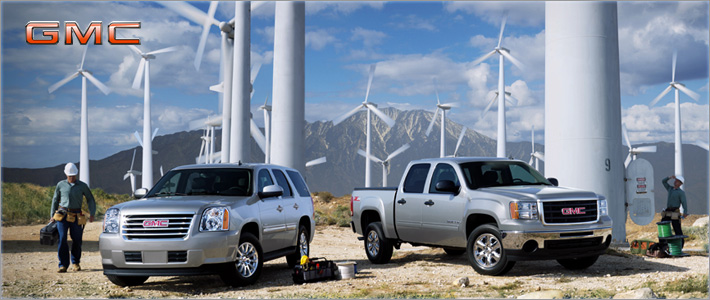
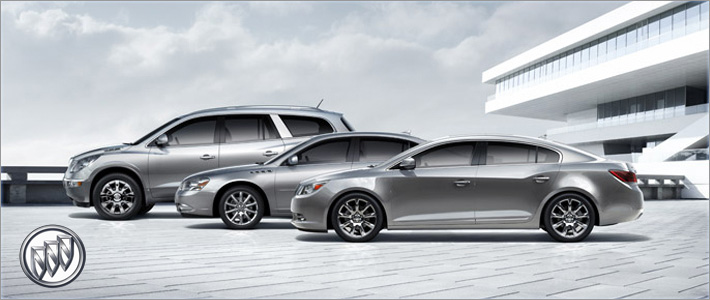
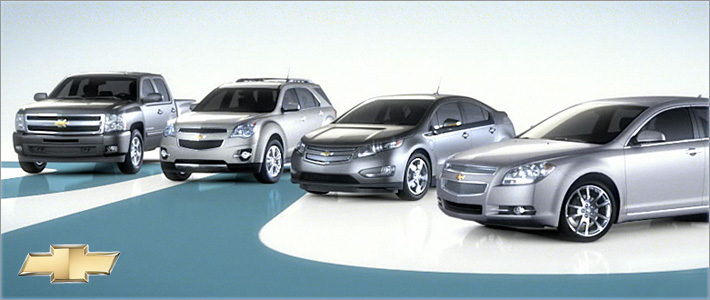
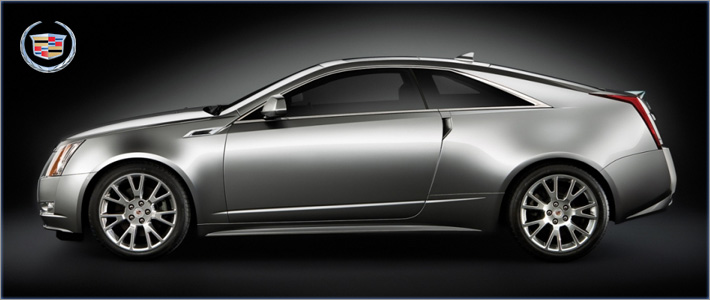
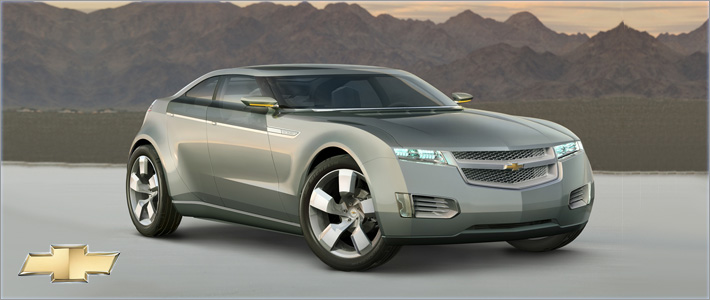
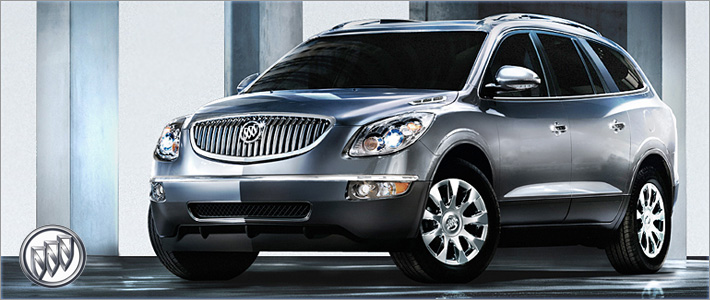
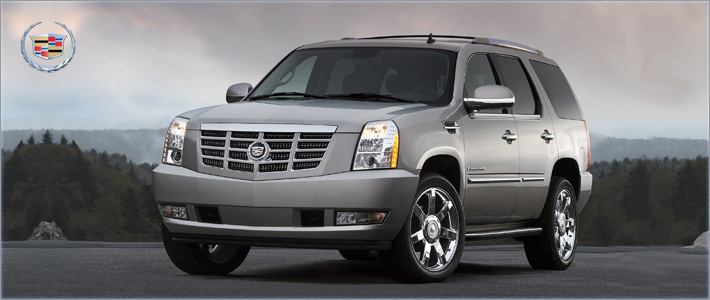
Saturn Vue - The Power of General Motors
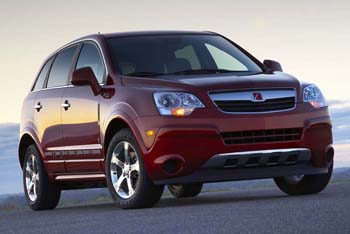 When the Saturn Vue debuted in 2002 as GM's first home-grown entry in the car-based small-SUV segment, it recorded solid sales but not much critical acclaim. To compensate for the latter, Saturn made steady improvements and expanded the Vue's model lineup with the high-performance Red Line and hybrid Green Line variants. Though still not as polished as other top compact SUVs, the Vue remained attractive because of its low price and Saturn's famed no-hassle buying experience.
When the Saturn Vue debuted in 2002 as GM's first home-grown entry in the car-based small-SUV segment, it recorded solid sales but not much critical acclaim. To compensate for the latter, Saturn made steady improvements and expanded the Vue's model lineup with the high-performance Red Line and hybrid Green Line variants. Though still not as polished as other top compact SUVs, the Vue remained attractive because of its low price and Saturn's famed no-hassle buying experience.
The Saturn Vue is a five-passenger compact SUV available in three trim levels: base XE, midgrade XR and sporty Red Line. The base engine on the XE trim is a 2.4-liter inline-4 that produces 164 horsepower and 160 pound-feet of torque. It's connected to a four-speed automatic. An optional 3.5-liter V6 is available on the XE, and it sends 215 hp and 220 lb-ft through a six-speed automatic. The XR shares the XE's base four-cylinder powertrain but can be outfitted with an optional 3.6-liter V6 (also matched to a six-speed auto) that generates 257 hp and 248 lb-ft. The Red Line is available only with the 3.6-liter V6. A manual-shift feature for the automatic transmission is standard on the Red Line and optional on the XR. Front- or all-wheel drive is available on each trim.
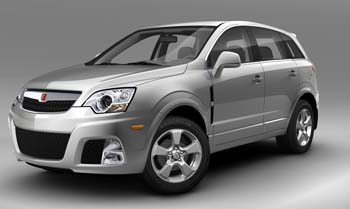 The second-generation Saturn Vue improves upon the original's formula in many areas. This Vue shares much of its basic structure with the Antara, a small SUV produced by Opel, GM's Germany-based European division. While we usually roll our eyes at so-called badge engineering, this is one instance where we're flag-waving fans. The second-generation Vue is a remarkable improvement over its forebear, looking and feeling like a European-designed car that just happens to have Saturn badges. For shoppers interested in all Saturn Vue Accessories, the Vue is (finally) a different kind of car for Saturn.
The second-generation Saturn Vue improves upon the original's formula in many areas. This Vue shares much of its basic structure with the Antara, a small SUV produced by Opel, GM's Germany-based European division. While we usually roll our eyes at so-called badge engineering, this is one instance where we're flag-waving fans. The second-generation Vue is a remarkable improvement over its forebear, looking and feeling like a European-designed car that just happens to have Saturn badges. For shoppers interested in all Saturn Vue Accessories, the Vue is (finally) a different kind of car for Saturn.
When compared to other compact SUVs, the Vue is on the small side, with only 56 cubic feet of maximum cargo capacity. That's almost 20 cubes less than some of its key competitors. Passenger space is good, however, with a reclining rear seat that offers decent legroom. Front seat comfort is good as well, although some may find the bottom cushions a little short and the seats in general lacking lateral and lumbar support. In our review of a front-drive Saturn Vue XR, we found it to be a real competitor in the rapidly expanding compact-SUV market. Although others offer more space or a more entertaining driving experience, the Vue makes up for it with European-inspired styling, a well-built and attractive cabin, composed handling and respectably strong engine choices.
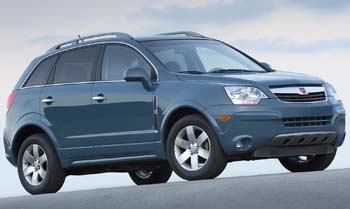 The present second-generation Saturn Vue was introduced for 2008. Compared to the earlier Vue, it's very similar in size, with a nearly identical wheelbase and marginally greater width and height. Its exterior is also now constructed of steel body panels. Although the old Vue's plastic ones prevented unsightly dings, they also looked cheap and created huge panel gaps. The second-generation Vue's interior is also higher in quality with improved ergonomics. Changes have been minimal since the vehicle's debut, though in the first production year the XR model came only with the 3.6-liter V6.
The present second-generation Saturn Vue was introduced for 2008. Compared to the earlier Vue, it's very similar in size, with a nearly identical wheelbase and marginally greater width and height. Its exterior is also now constructed of steel body panels. Although the old Vue's plastic ones prevented unsightly dings, they also looked cheap and created huge panel gaps. The second-generation Vue's interior is also higher in quality with improved ergonomics. Changes have been minimal since the vehicle's debut, though in the first production year the XR model came only with the 3.6-liter V6.
The first-generation Saturn Vue was produced from 2002-'07 with no specific trim levels. There are a few items to consider before choosing a used Saturn Vue. One is that the Vue's interior was notably improved for the 2006 model year. Models built previously were even more deficient in terms of interior materials quality and ergonomics. One should also note that Saturn offered a continuously variable transmission (CVT) from the 2002-'05 model years. Fitted to the 143-hp 2.2-liter four-cylinder engine, the CVT provided improved fuel mileage compared to the five-speed automatic. But long-term reliability was apparently an issue and Saturn discontinued it. It was replaced by a five-speed automatic as the optional transmission, while a five-speed manual remained standard equipment.